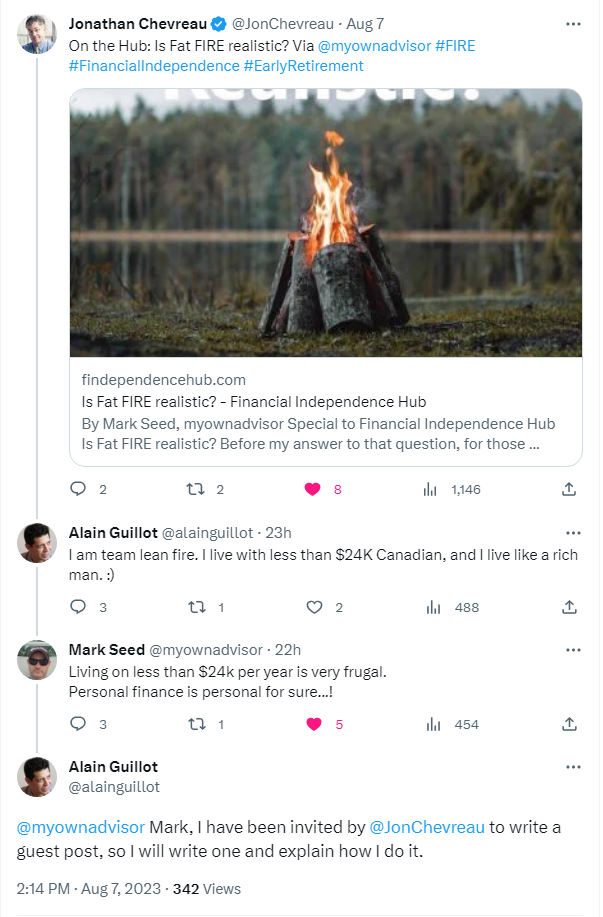
By Devin Partida
Special to Financial Independence Hub
Many people seek the life Findependence [aka Financial Independence] can bring. While there are many ways to achieve this status, one great way is to start a business.
Building a company can be daunting, but it’s vital to consider if it’s something you really want to do.
How does starting a Business help you reach Findependence?
Many business owners trying to obtain findependence implement an exit strategy. This is where the company still operates normally but doesn’t rely on the person who started it to do the work. In other words, the company is automated to function without intervention from the owner. Other people prefer to sell their organization and live on the profit they get from it.
Instead of selling the enterprise, another route is to invest the capital in different areas. Some entrepreneurs use the profit their business generates to create additional passive-income streams.
You can invest your money in many different areas to reach findependence. Here’s a summary of a few popular avenues:
● Roth IRA: This individual retirement account [in the U.S.; similar to Canada’s TFSA] offers the investor tax-free growth and withdrawals. To withdraw money from an IRA, the owner must own the account for at least five years and exceed the age of 59 and six months.
● Property: Many entrepreneurs decide to invest their capital into real estate to sell or rent it again. Buying property could be an excellent chance to obtain passive income, which can aid with the end goal of reaching findependence. However, real estate might have additional costs, such as hiring someone to manage the investment for you.
● The stock market: You can’t talk about investing and not mention stocks. Most people are already familiar with this option, where someone purchases a portion of a company and receives shared ownership. Stocks can also generate monthly passive income via dividends, but many consider them high-risk investments.
If investing company profits to reach financial goals is something you’re interested in, there are other opportunities to look out for. Consider researching bonds and index funds to determine if they’re something you want to invest in.
What kind of Business should you start?
The type of organization you should start comes down to personal preference. Consider looking at your interests and what excites you. Many entrepreneurs create a company around what they already know. For example, if they have coding experience, they could build a business offering customers web development services. Whichever idea you choose, ensure you conduct sufficient research to know what it will take to make it a success.
Here are a few popular business ideas: Continue Reading…









